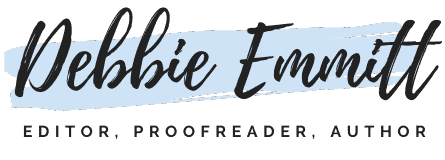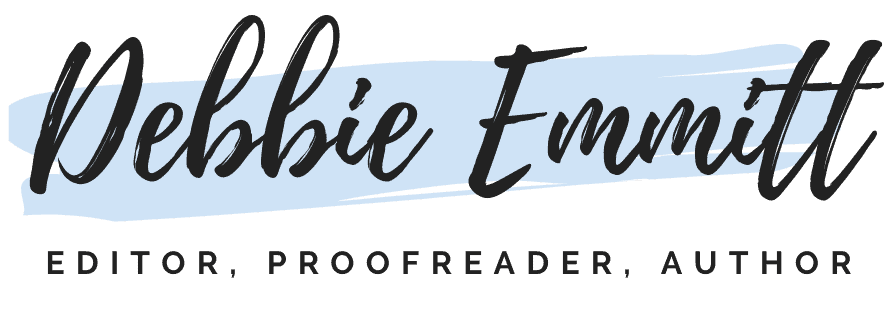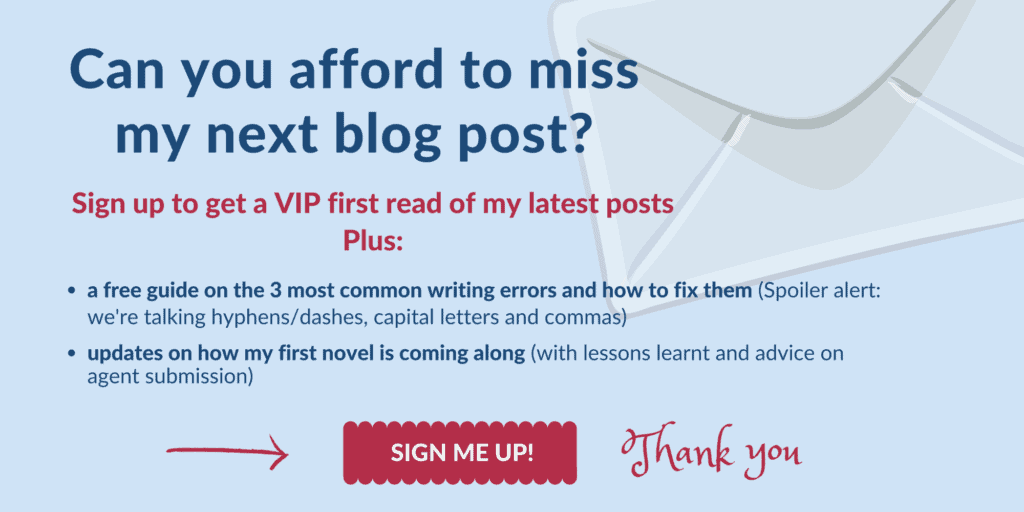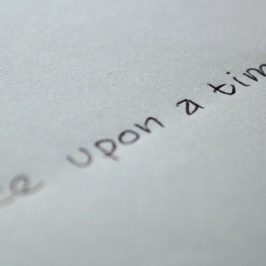
How did I pick my beta readers? Don’t waste your time and that of others by picking the wrong people to read over your manuscript.
In a few short weeks, I’ll be sending my book to my band of beta readers. How many have I chosen, how did I pick them, and what the heck is a beta reader, anyway? Read on.
What is a beta reader?
Once you have a solid draft of your manuscript, it’s a good idea to run it past a small group of readers before taking your next steps. These generous (brave) souls are beta readers.
A beta reader works through your book from the point of view of a reader. They differ from a critique partner, who is usually another writer offering writing-craft advice.
Beta readers will offer feedback on your manuscript, giving you the chance to see how a small sample of the world responds to your work in progress. They may spot plot holes, tell you if a scene is dragging or confusing, and point out a whole variety of other issues. Hopefully, they will also let you know what is working in your book and give you a boost of confidence (but their main role isn’t to give your ego a polish).
The main role of a beta reader isn't to polish your ego. Share on XHow many beta readers should I have?
Opinions differ on this point, and there is no perfect number. I suggest no fewer than three, ideally a minimum of five, and a maximum of seven. Why?
if you only have one or two beta readers, and they disagree on one particular aspect of your book, you won’t have a majority vote to help you decide how (or whether) to fix it. Also, just one or two people are unlikely to find all the major elements that may need improving.
Five to seven beta readers should give you a balance of feedback across all the main areas that need improvement. It’s also enough people to give you an idea if a problem is really a problem. For example, if four or five out of seven people say they find a scene confusing, you need to change it. If one out of two people have that opinion, it’s less clear if improvements are needed.
For my book, I have chosen seven people. More about why I’ve picked them under the heading ‘How to pick your beta readers’.
I suggest no fewer than three beta readers, ideally a minimum of five, and a maximum of seven. Share on XWhat to look for in a beta reader
- Honesty – You want someone who is going tell you what they think of your book, warts ‘n’ all. It’s a waste of their time and yours if you wait three weeks for their feedback, only to tell you they loved everything about it.
- Trustworthiness – Your manuscript is your baby, representing thousands of hours of work. The last thing you want is for your beta readers to be blabbing your best bits to their friends, or even worse, claiming your lines for themselves.
- Good memory – The best beta readers remember character names, places and dates, so they can spot discrepancies and plot holes. They can also remember key plot points in order to discuss issues with you after they’ve finished the book.
- Regular reader – An ideal beta reader reads a lot, preferably in the same genre as your book. They are familiar with good writing, so they can tell you when something isn’t working (and when something is).
- Target audience – Linked to the point above, try to have at least a couple of your beta readers from your target audience. If you’re writing a holiday romance aimed at female readers, your dad may not be the best choice as a beta reader.
- Availability – You need a fairly quick turnaround at this stage, so you can begin working on the feedback as fast as possible. If someone isn’t available for three weeks, or is too busy to read more than a couple of pages a day, they probably aren’t the best choice (through no fault of their own!).
- Sensitivity – If your book contains characters of a different gender, race, ethnicity, religion or sexual orientation to you, have one or two beta readers who represent that particular group. They will advise on scenes that may inadvertently be misrepresentative or offensive. You could even hire a sensitivity reader, especially if diversity issues are at the heart of your story.
How to pick your beta readers
Your beta readers could be friends, family or colleagues, as long as you trust them to provide honest, constructive feedback. However, it is worth having at least a couple of beta readers who don’t know you so well, to avoid potential positive bias.
When selecting your beta readers, consider your book’s genre, characters and setting. Do you know anyone who could act as a ‘special advisor’ for those aspects? Someone who could offer valuable insights into a particular world, culture or profession?
Also bear in mind the list above of what to look for in a beta reader.
I’ve picked my beta readers for a variety of reasons, including:
- Occupation – One of my friends has the same occupation as my main character, so I’ll be asking them to check that my character’s words and actions are in keeping with her profession. This beta reader will also make sure that my protagonist’s work environment is right, and doesn’t contain any incorrect lay notions of how it should appear. They are also an avid reader, which is an added bonus!
- Nationality – My story is set in the south of France, so there are plenty of French characters, cultural references and settings. One of my beta readers is a native French speaker who will advise where I’m making faux pas (see what I did there?). This beta reader also happens to be a writer too, so I’m excited to see what comes out of their reading.
- Editing experience – Another of my beta readers has editing and proofreading experience. While I’m not calling on them to do a full edit by any means, their editor’s eye will be useful as they go through my manuscript as a reader. Although I’m an editor and proofreader myself, wood and trees come to mind (now you see why I picked that image for this post).
Next steps
Once you have your final list of beta readers, and your manuscript is ready for them (don’t forget to check if they prefer a print or electronic copy), the next step is to send your work to them.
To get the most out of their generosity with their time, don’t just send your book and ask them to read it. Ask them to look out for particular things, especially if you have picked them because of their specific skills or situation.
You may find it helpful to check out my other two blog articles in this series about beta readers:









Gregory McKenzie
Thanks for that advice, editors and proofreaders can only do so much to “Find the Holes”.
Debbie Emmitt
Hi Gregory, glad you found the post useful! Absolutely, editors and proofreaders (unless developmental editors) are looking for other kinds of improvements to make, not plot holes (although if they spot them, a good copy editor will point them out).
Sending your manuscript to beta readers before the professional editing stage will ensure you don’t waste your money on polishing the surface of a story that is flawed at a deeper level.